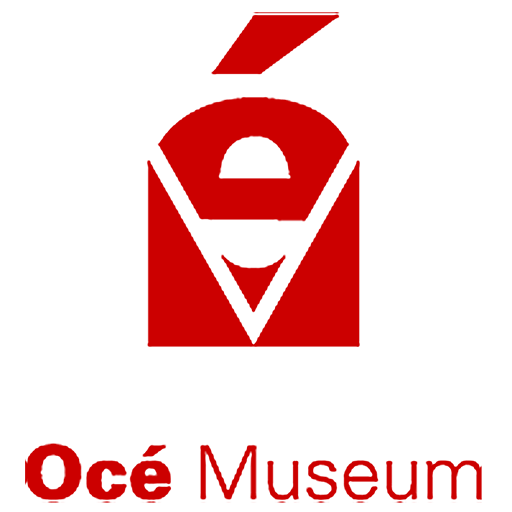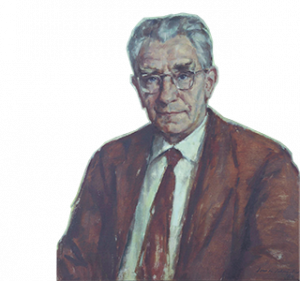Story #3: Louis and the name O.C.
In the early 1900s, blueprint is not the only copying technology. An alternative technique is called diazo. Like blueprint, diazo is a light-sensitive process, with a diazo coating applied to the copy paper. But while blueprint creates white lines on blue paper, diazo creates dark lines on white paper, which improves the readability of the copies.
The diazo process, however, has one big disadvantage. It uses ammonia, an aggressive substance with toxic fumes.
This presents a chemistry challenge that the enterprising van der Grintens cannot resist. In 1926, Louis van der Grinten, a grandson of Lodewijk, invents a diazo process that does not use ammonia. He documents the process in his laboratory journal with the letters, “O.C”, an abbreviation for “Ohne Componente “, German for “without (ammonia) component”.
In 1928, the new brand “Océ” diazo paper is introduced. It becomes a worldwide success. Years later, in 1970, the name “Océ” is added to the company name.
In addition to producing diazo paper, the Van der Grinten company starts the development and manufacturing of diazo copying machines. Building up a sales and service organization is a huge undertaking. So to generate capital to grow quickly, the company goes public in 1956 and is listed on the Amsterdam Stock Exchange.
1928 1992
Production of diazo paper

